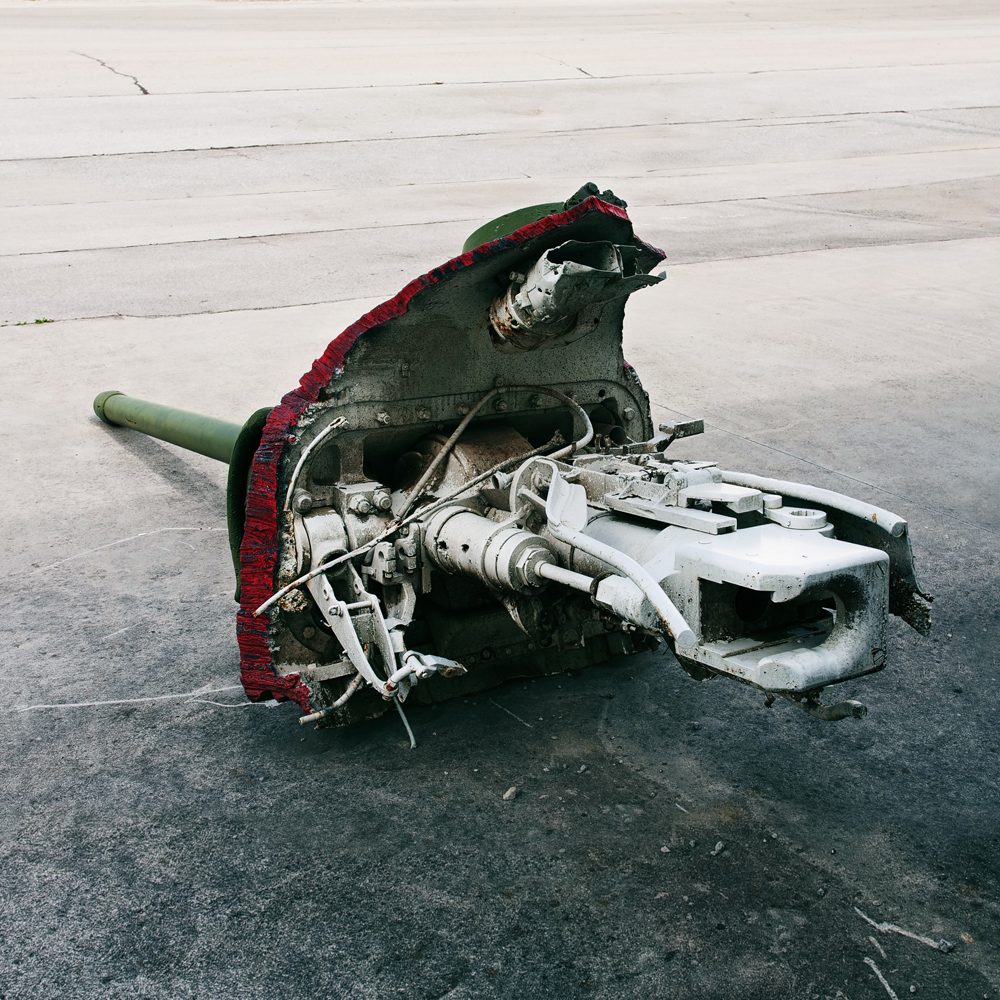Type: Medium Tank
Nation: Soviet Union
Period: World War 2
Location: Kienitz, Germany

Late-war upgrade
The T-34/85 was an improved version of the Soviet Union’s standard medium tank of the Second World War. First produced in January 1944, the new model was a much more efficient combat vehicle due to its 85 mm gun and the three-man turret, which finally allowed the commander to concentrate on his main task.

Misleading monument
This particular vehicle is located in Kienitz – the first town west of the River Oder to be reached by the Red Army on 31 January 1945 on their final thrust towards Berlin. However, on that day there weren’t any T-34s going across the frozen river at all, since it was deemed too risky for heavy vehicles. The fighting in the area of the Kienitz bridgehead, during which 80 percent of the town was destroyed, went on until April when the Battle of the Seelow Heights began. The plaque in front of the tank only gives the January date, but a more accurate description of the story can be found on some nearby info panels., which are a relatively recent addition.

A symbol of freedom …
In 1969 the mayor and the citizens of Kienitz decided to build a war memorial to emphasise the town’s historic significance and to honour the Soviet units who had been involved in their liberation from Nazism. Contrary to popular belief, this tank was not the first Soviet tank to cross the Oder – it is a post-war vehicle which had been in service with the East German Army. It was driven onto the pedestal under its own power on 11 August 1970.

… or a symbol of aggression?
In the wake of the Russian invasion of Ukraine in 2022, heated discussions on remembrance culture re-emerged in several European countries – especially those that had been part of the Soviet sphere of influence throughout the Cold War. Now that Russian tanks were partaking in an unprovoked attack on a neighbouring country, some argued that it might be time to remove Soviet war memorials such as the one in Kienitz or the T-34s in Berlin-Tiergarten as a statement against Russian aggression. The people of Kienitz, however, chose a different way. Behind “their” T-34, a banner with the “Kienitzer Friedensappell” (= Kienitz Peace Appeal) was put up. Translated from German, it reads: “The dead are warning us. Future means peace. Survival means peace. Europe must never burn again by the hands of war.”

